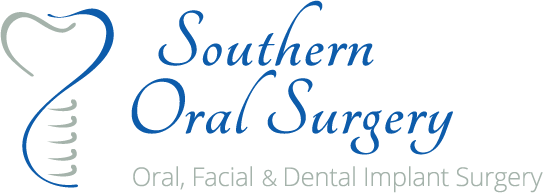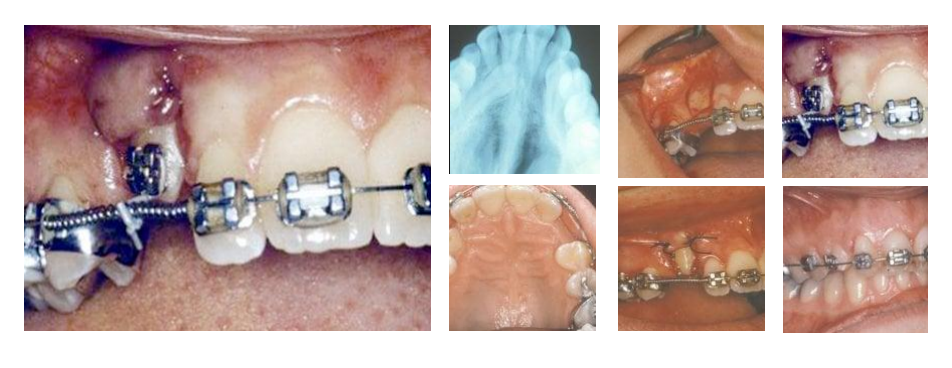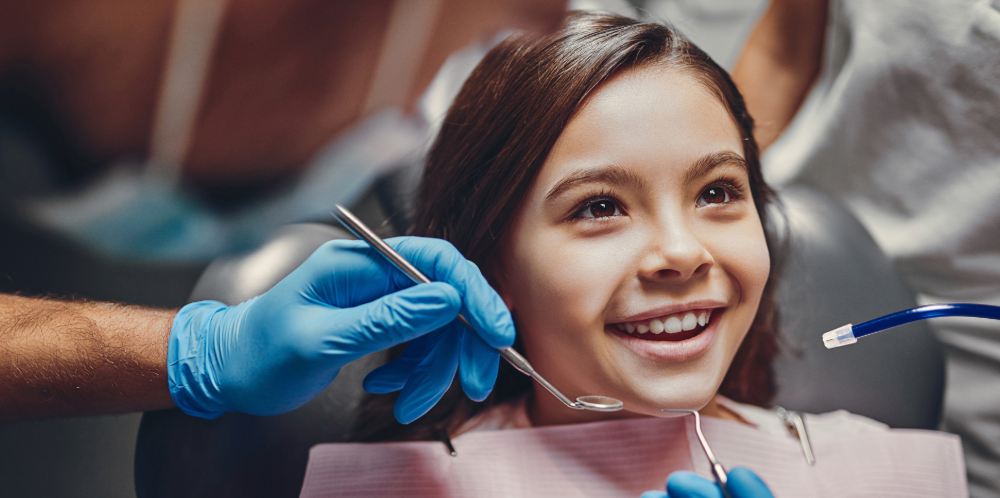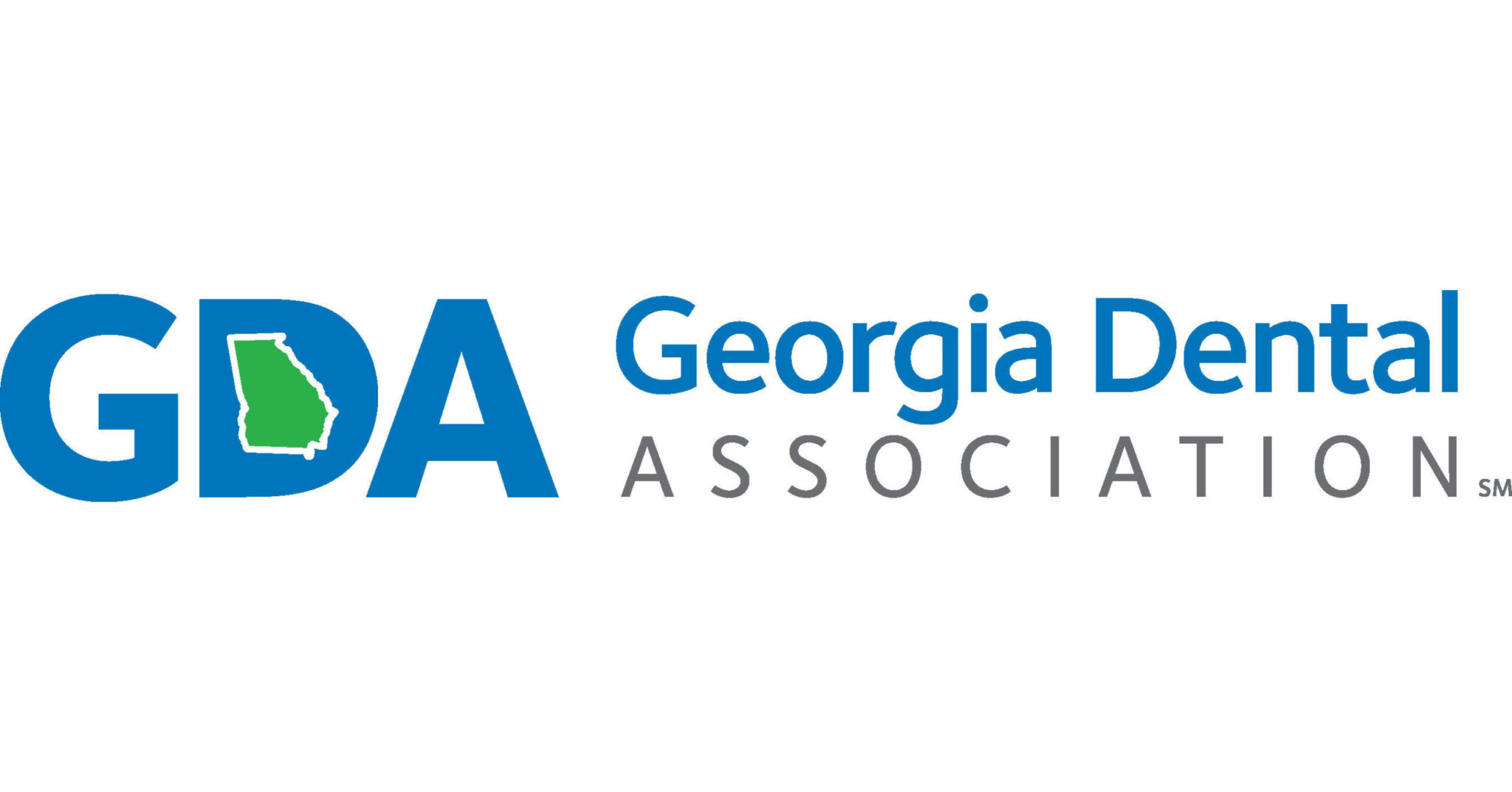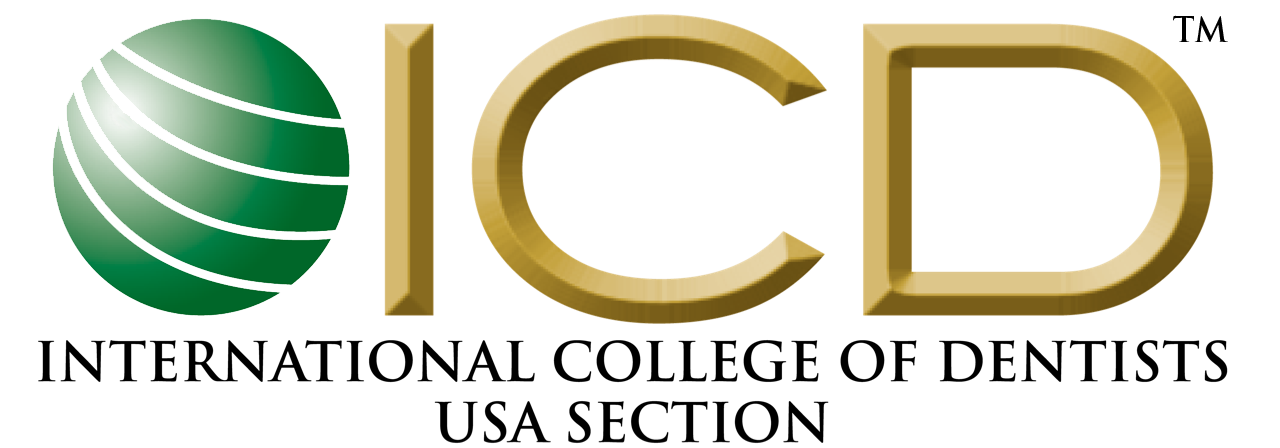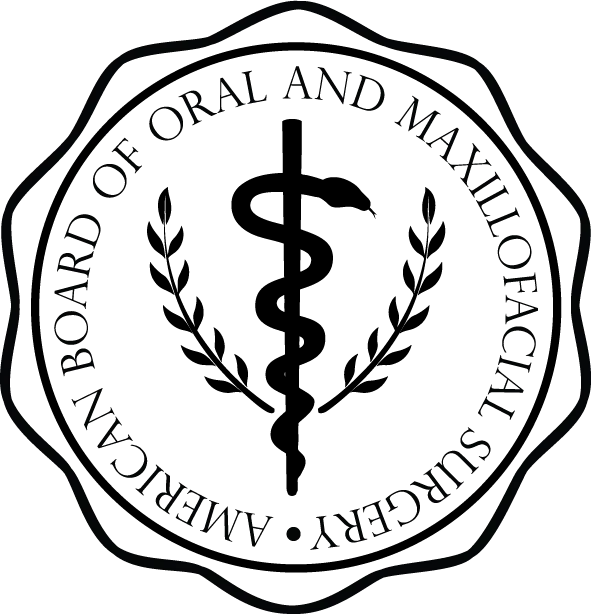Impacted Teeth
An impacted tooth simply means that it is stuck and cannot erupt into function. Patients frequently develop problems with impacted third molar (wisdom) teeth. These teeth get stuck in the back of the jaw and can develop painful infections among a host of other problems. Since there is rarely a functional need for wisdom teeth, they are usually extracted if they develop problems. The maxillary cuspid (upper eyetooth) is the second most common tooth to become impacted. The cuspid tooth is the most critical tooth in the dental arch and plays an important role in your bite. The cuspid teeth are very strong biting teeth and have the longest roots of any human teeth. They are designed to be the first teeth that touch when your jaws close together so they guide the rest of the teeth into the proper bite.
Normally, the maxillary cuspid teeth are the last of the front teeth to erupt into place. They usually come into place around age 13 and cause any space left between the upper front teeth to close tighter together. If a cuspid tooth gets impacted, every effort is made to get it to erupt into its proper position in the dental arch. The techniques involved to aid eruption can be applied to any impacted tooth in the upper or lower jaw.
Early Recognition Of Impacted Eyetooth Is The Key To Successful Treatment
The older the patient, the more likely an impacted eyetooth will not erupt by nature’s forces alone, even if the space is available for the tooth to fit in the dental arch. The American Association of Orthodontists recommends that a panorex screening x-ray, along with a dental examination, be performed on all dental patients at around the age of seven years to count the teeth and determine if there are problems with eruption of the adult teeth. It is important to determine whether all the adult teeth are present or are some adult teeth missing. Are there extra teeth present or unusual growths that are blocking the eruption of the eyetooth? Is there extreme crowding or too little space available causing an eruption problem with the eyetooth? This exam is usually performed by your general surgeon or hygienist who will refer you to an orthodontist if a problem is identified.
Treating such a problem may involve an Orthodontist placing braces to open spaces to allow for proper eruption of the adult teeth. Treatment may also require referral to an Oral Surgeon for extraction of over-retained baby teeth and/or selected adult teeth that are blocking the eruption of the all-important eyeteeth. The Oral Surgeon will also need to remove any extra teeth or growths that are blocking eruption of any of the adult teeth. If the eruption path is cleared and the space is opened up by age 11-12, there is a good chance the impacted eyetooth will erupt with nature’s help alone. If the eyetooth is allowed to develop too much (age 13-14), the impacted eyetooth will not erupt by itself even with the space cleared for its eruption. If the patient is too old (over 40), there is a much higher chance the tooth will be fused in position. In these cases the tooth will not budge despite all the efforts of the orthodontist and oral surgeon to erupt it into place.
Sadly, the only option at this point is to extract the impacted tooth and consider analternate treatment to replace it in the dental arch (dental implant or bridge).
